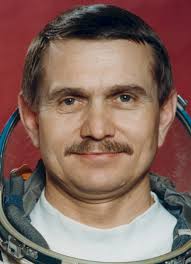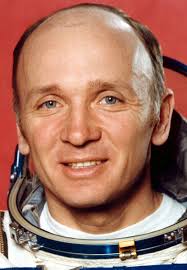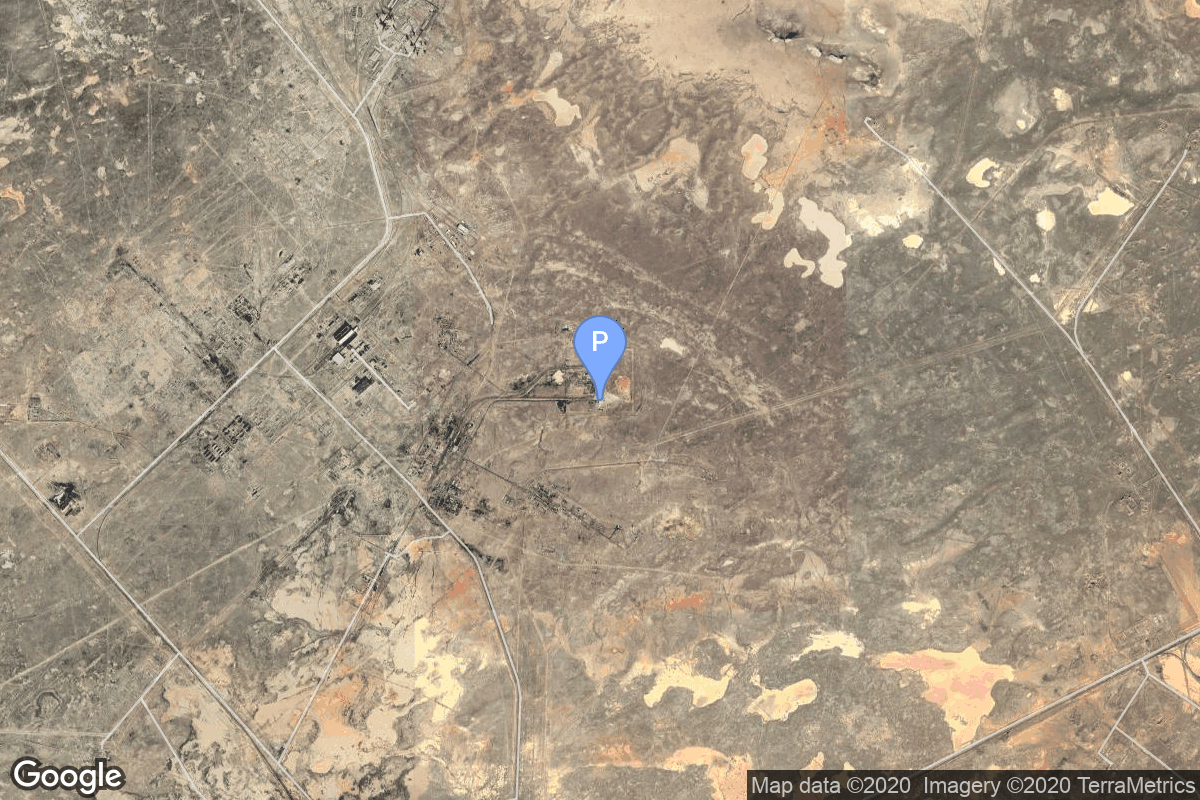Soyuz T-5
Soyuz-U
Soviet Space Program
Crew

Anatoly Berezovoy
- Birthday: 04/11/1942
- Role: Commander
- Nationality: Russian
- First Flight: 05/13/1982
- Last Flight: 05/13/1982
Anatoly Nikolayevich Berezovoy (Russian: Анато́лий Никола́евич Березово́й; 11 April 1942 – 20 September 2014) was a Soviet cosmonaut.
On 27 April 1970 he was selected as a cosmonaut. In 1982 he flew as Commander on Soyuz T-5 on the first mission to the Salyut 7 space station, returning to Earth on the Soyuz T-7 after 211 days 9 hours. He retired on 31 October 1992 due to age. From 1992 to 1999, he was a Deputy President of Russian Space Federation.

Valentin Lebedev
- Birthday: 04/14/1942
- Role: Flight Engineer
- Nationality: Russian
- First Flight: 12/18/1973
- Last Flight: 05/13/1982
Valentin Vitalyevich Lebedev (Russian: Валентин Витальевич Лебедев; born April 14, 1942 in Moscow) was a Soviet cosmonaut who made two flights into space. His stay aboard the Space Station Salyut 7 with Anatoly Berezovoy in 1982, which lasted 211 days, was recorded in the Guinness Book of Records.
Mission
Soyuz T-5
- Type: Human Exploration
- Orbit: Low Earth Orbit
Soyuz T-5 was the first long-duration expedition to the Salyut 7 space station. The mission began on May 13, 1982, 09:58:05 UTC, launching Commander Anatoli Berezovoy and Flight Engineer Valentin Lebedev into orbit. They docked with the station the next day. During their 211-day stay on the station, crew performed various scientific and medical experiments, and were visited by 4 uncrewed cargo Progress vehicles and 2 Soyuz missions. Soyuz T-5 crew, per usual, swapped vehicles with the visiting Soyuz T-7 crew, which allowed for a longer stay in orbit.
Cosmonauts returned in the Soyuz T-7 spacecraft, landing safely back on Earth on December 10, 1982, 19:02:36 UTC.
Location
1/5
Baikonur Cosmodrome, Republic of Kazakhstan
1/5 has witnessed the launch of 487 rockets, including 487 orbital launch attempts, while Baikonur Cosmodrome, Republic of Kazakhstan, has been the site for 1547 rocket launches.
Rocket
Agency
Soviet Space Program
The Soviet space program, was the national space program of the Union of Soviet Socialist Republics (USSR) actived from 1930s until disintegration of the Soviet Union in 1991.
The Soviet Union’s space program was mainly based on the cosmonautic exploration of space and the development of the expandable launch vehicles, which had been split between many design bureaus competing against each other. Over its 60-years of history, the Russian program was responsible for a number of pioneering feats and accomplishments in the human space flight, including the first intercontinental ballistic missile (R-7), first satellite (Sputnik 1), first animal in Earth orbit (the dog Laika on Sputnik 2), first human in space and Earth orbit (cosmonaut Yuri Gagarin on Vostok 1), first woman in space and Earth orbit (cosmonaut Valentina Tereshkova on Vostok 6), first spacewalk (cosmonaut Alexei Leonov on Voskhod 2), first Moon impact (Luna 2), first image of the far side of the Moon (Luna 3) and unmanned lunar soft landing (Luna 9), first space rover (Lunokhod 1), first sample of lunar soil automatically extracted and brought to Earth (Luna 16), and first space station (Salyut 1). Further notable records included the first interplanetary probes: Venera 1 and Mars 1 to fly by Venus and Mars, respectively, Venera 3 and Mars 2 to impact the respective planet surface, and Venera 7 and Mars 3 to make soft landings on these planets.


